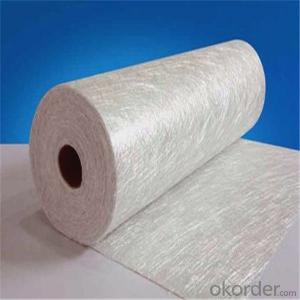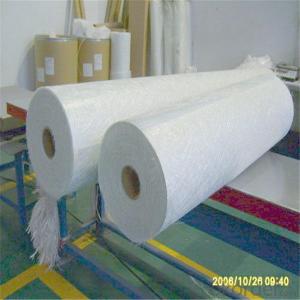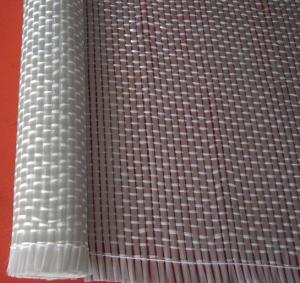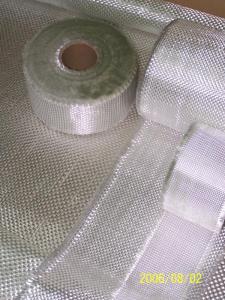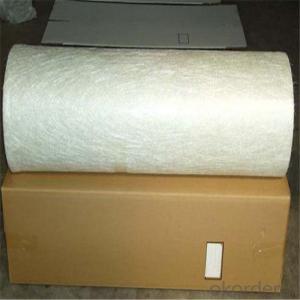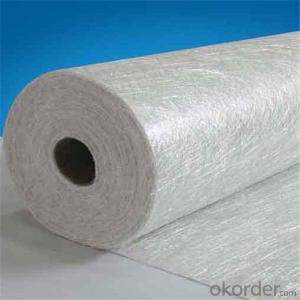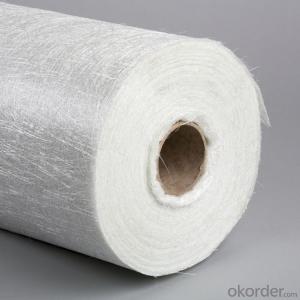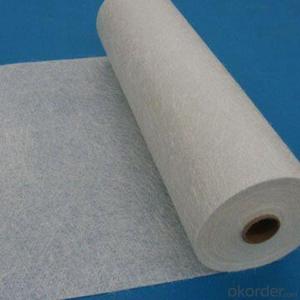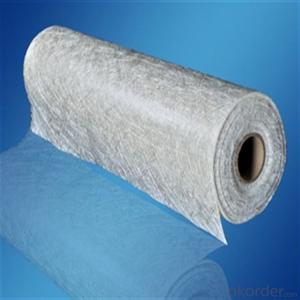2015 E-glass Powder Chopped Stand Mats
- Loading Port:
- Tianjin
- Payment Terms:
- TT OR LC
- Min Order Qty:
- 100 m.t.
- Supply Capability:
- 20000 m.t./month
OKorder Service Pledge
Quality Product, Order Online Tracking, Timely Delivery
OKorder Financial Service
Credit Rating, Credit Services, Credit Purchasing
You Might Also Like
Quick Details
| Technique: | Chopped Strand Fiberglass Mat (CSM) | Dimensions: | 450gsm | Mat Type: | Continuous Filament Mat |
| Fiberglass Type: | E-Glass | Softness: | softness | Place of Origin: | Jiangxi, China (Mainland) |
| Brand Name: | cnbm | Model Number: | 450gsm | color: | white |
| fiberglass type: | E glass | product: | e-glass powder chopped stand mats | binder: | powder or emulsion |
| width: | 1040 or 1270mm, as your requirement | weight: | 30 or 45kg/roll | paper tube diameter: | 90mm |
| outer diameter of roll: | 256mm | packing: | plastic film+carton box + pallet |
Packaging & Delivery
| Packaging Details: | plastic film+carton box + pallet |
| Delivery Detail: | 15-20days |
Specifications
1.e-glass powder chopped stand mats
2.binder:power or emulsion
3.width:1040mm or 1270mm
4.weight:450gsm
Picture
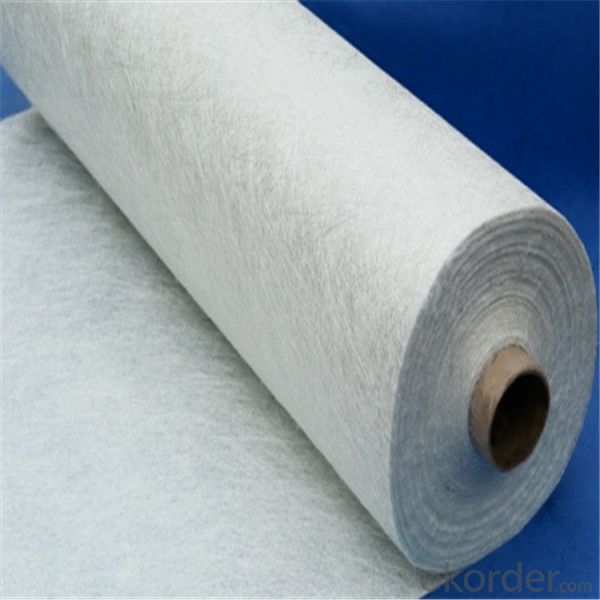
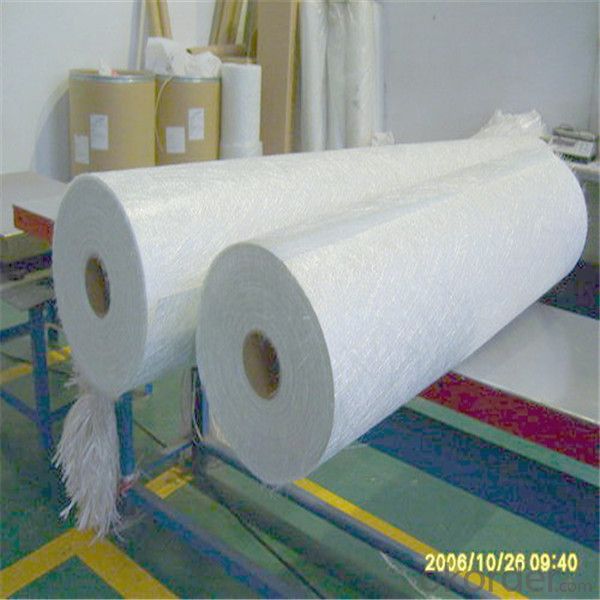
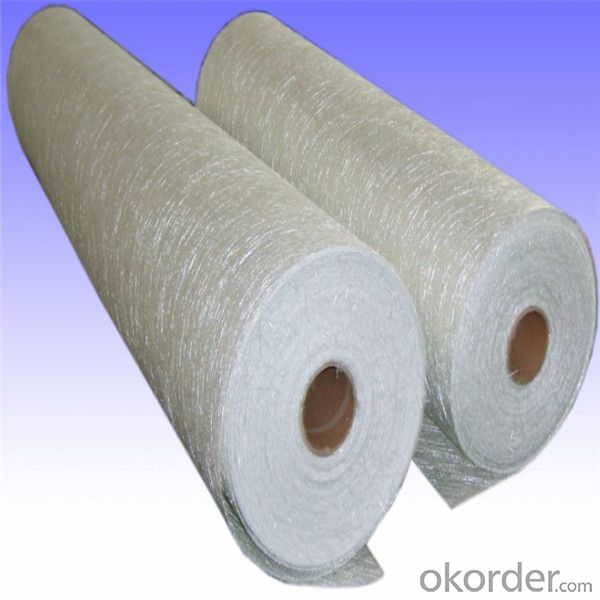
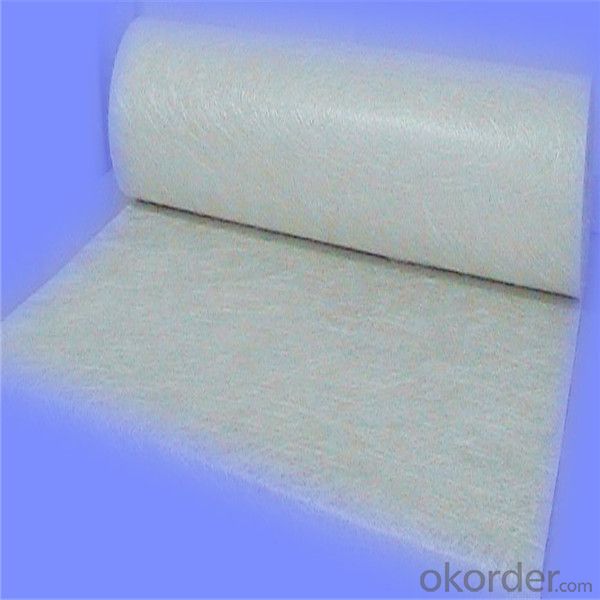
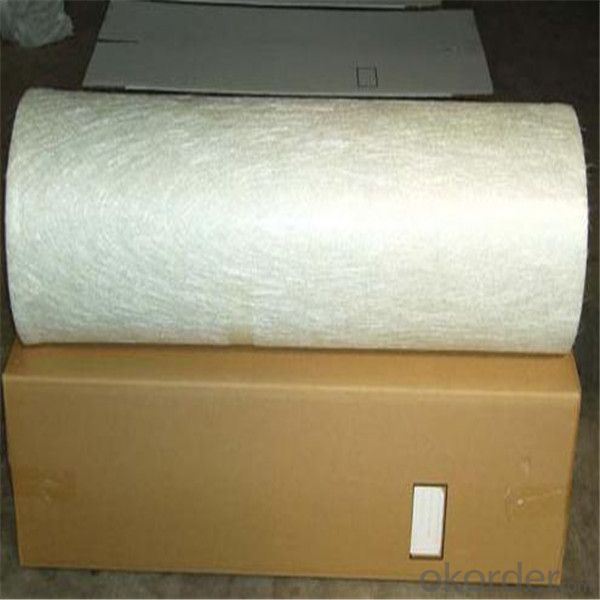
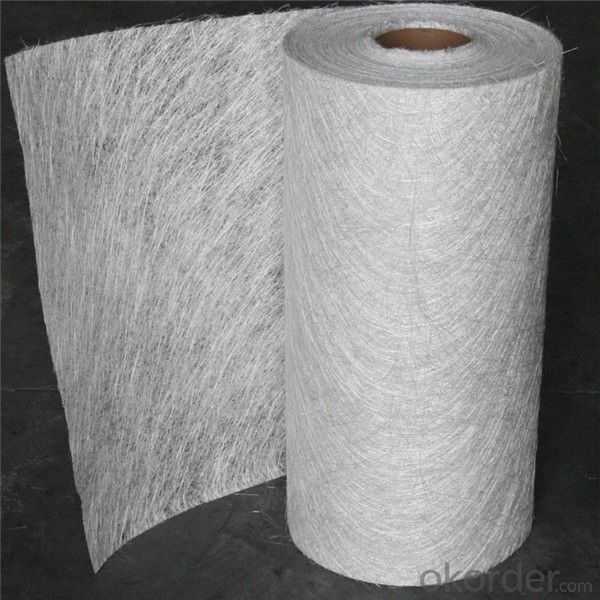
- Q:How does the fiber volume fraction affect the performance of fiberglass chopped strand?
- The percentage of fibers present in a composite material is known as the fiber volume fraction. When it comes to fiberglass chopped strand, boosting the fiber volume fraction directly affects its performance. Raising the fiber volume fraction results in enhanced mechanical properties for fiberglass chopped strand. This is because the fibers are the main load-bearing element of the composite material. As the volume fraction of fibers increases, the material becomes stronger, more rigid, and more resistant to deformation. Consequently, fiberglass chopped strand with a higher fiber volume fraction can withstand greater loads and display improved durability and dimensional stability. Moreover, a higher fiber volume fraction improves the bonding between the fibers and the matrix material in the composite. This leads to better transfer of loads between the fibers and the matrix, resulting in increased energy absorption and resistance to cracks or fractures. The improved bonding also enhances the overall toughness of the fiberglass chopped strand, making it more capable of withstanding impact and fatigue. Nevertheless, there is a limit to the advantages of increasing the fiber volume fraction. Once the critical fiber volume fraction is reached, the performance gains become less significant. This is primarily because achieving a uniform distribution of fibers becomes challenging at very high volume fractions, which increases the likelihood of defects like voids or clustering. These defects can weaken the material and diminish its overall performance. In conclusion, the fiber volume fraction significantly affects the performance of fiberglass chopped strand. Elevating the fiber volume fraction enhances the material's mechanical properties, bonding, and overall toughness. However, it is crucial to ensure a uniform distribution of fibers to prevent detrimental defects.
- Q:Can fiberglass chopped strand be used in the production of sporting goods?
- Yes, fiberglass chopped strand can be used in the production of sporting goods. Fiberglass chopped strand is a versatile material that offers several benefits for the manufacturing of sporting goods. It is lightweight, strong, and has excellent tensile strength, making it ideal for applications that require durability and high performance. In sporting goods production, fiberglass chopped strand is commonly used in the construction of various components such as hockey sticks, tennis rackets, golf clubs, and bicycle frames. Its high strength-to-weight ratio allows for the creation of lightweight yet robust products, enhancing the performance of athletes. Fiberglass chopped strand is also resistant to corrosion, which is beneficial for sporting goods that are exposed to moisture or outdoor elements. Furthermore, fiberglass chopped strand can be easily molded into different shapes and sizes, allowing for the production of complex designs and custom-made sporting goods. Its flexibility and ability to bond well with different resins make it an ideal material for creating composite structures that are strong and durable. Overall, fiberglass chopped strand is a suitable material for the production of sporting goods due to its lightweight, strength, durability, corrosion resistance, and versatility in manufacturing processes.
- Q:What do glass fiber operating tools do?
- Drawing, drying, winding, fabric etc.
- Q:Does fiberglass chopped strand improve the impact resistance of composite materials?
- Composite materials can benefit from the use of fiberglass chopped strand, as it effectively enhances their impact resistance. By incorporating small, randomly oriented fibers into the manufacturing process, the chopped strand reinforces the composite material. In the event of an impact, the fiberglass chopped strand plays a crucial role in distributing and absorbing the force, thereby preventing concentrated damage. Acting as a protective barrier, the fibers disperse the impact energy throughout the composite material, reducing the likelihood of cracks or fractures. Moreover, fiberglass chopped strand also improves the interfacial bonding between the fibers and the composite's matrix, resulting in better load transfer capabilities. This enhanced bonding strength significantly contributes to the overall impact resistance of the composite material. To summarize, the inclusion of fiberglass chopped strand in composite materials greatly enhances their impact resistance by effectively dispersing and absorbing impact energy, preventing localized damage, and improving the overall strength and durability of the composite.
- Q:Can fiberglass chopped strand be used in electrical transformers?
- Yes, fiberglass chopped strand can be used in electrical transformers. It is commonly used as a reinforcing material in the production of transformer cores and insulation components due to its excellent electrical insulation properties and thermal stability.
- Q:How does the orientation of the chopped strand affect its performance?
- The overall performance of the chopped strand is determined by its orientation, which plays a crucial role. Orientation refers to how the individual fibers are aligned within the strand and affects several properties, including strength, flexibility, and impact resistance. When the strands are aligned in parallel, the resulting product exhibits high tensile strength and stiffness. This makes it suitable for applications requiring structural integrity and load-bearing capacity, such as in construction. The parallel alignment ensures even distribution of the load, enhancing overall performance. On the other hand, random orientation of the strands improves flexibility and impact resistance. This allows for more movement and deformation, making the material more resilient to external forces. This is advantageous in applications that need durability and resistance to impact, like automotive components or sports equipment. Additionally, the orientation of the chopped strand affects its ability to bond with other materials or matrices. In composite materials, the fiber orientation influences the interface between the strand and the resin matrix. A parallel orientation enhances load transfer, resulting in improved mechanical properties of the composite. In summary, the orientation of the chopped strand greatly affects its performance. Parallel orientation provides high strength and stiffness, while random orientation enhances flexibility and impact resistance. It also influences bonding properties, impacting compatibility with other materials or matrices. Therefore, understanding and controlling the orientation of the chopped strand is crucial for optimizing its performance in various applications.
- Q:Can fiberglass chopped strand be used in water treatment applications?
- Yes, fiberglass chopped strand can be used in water treatment applications. It is commonly used in the construction of water treatment tanks, pipes, and vessels due to its corrosion resistance, high strength, and durability. Additionally, fiberglass chopped strand can be used in the fabrication of filtration media, such as filter beds and packed towers, to remove impurities from water.
- Q:How does fiberglass chopped strand improve the strength of composites?
- Fiberglass chopped strand improves the strength of composites by reinforcing the matrix material. The short strands of fiberglass are randomly dispersed and distributed throughout the composite, providing mechanical support and resistance to crack propagation. This reinforcement increases the overall strength, stiffness, and durability of the composite material.
- Q:What are the electrical conductivity properties of fiberglass chopped strand?
- Fiberglass chopped strand, also known as glass fiber, possesses good electrical conductivity properties. It is a non-metallic material composed of fine glass fibers that are randomly oriented and held together by a binder. The electrical conductivity of fiberglass chopped strand can be attributed to the presence of glass, which is an amorphous material and a poor conductor of electricity. However, the addition of certain elements or coatings during the manufacturing process can enhance its electrical conductivity. In its pure form, fiberglass chopped strand has a relatively high electrical resistance, making it an insulating material. This property is often advantageous in applications where electrical insulation is required, such as in electrical enclosures, circuit boards, and insulation for wires and cables. However, fiberglass chopped strand can also be engineered to have specific electrical conductivity properties by incorporating conductive additives or coatings. These additives can include metals like copper or aluminum, carbon fibers, or conductive polymers. By introducing these conductive materials, the electrical resistance of fiberglass chopped strand can be significantly reduced, allowing it to conduct electricity more effectively. The electrical conductivity properties of fiberglass chopped strand can be further influenced by factors such as fiber diameter, fiber length, and fiber orientation. Generally, shorter fibers and higher fiber concentrations result in improved electrical conductivity. Overall, while fiberglass chopped strand is typically an insulating material, it can be modified to exhibit desired electrical conductivity properties by incorporating conductive additives or coatings.
1. Manufacturer Overview |
|
|---|---|
| Location | |
| Year Established | |
| Annual Output Value | |
| Main Markets | |
| Company Certifications | |
2. Manufacturer Certificates |
|
|---|---|
| a) Certification Name | |
| Range | |
| Reference | |
| Validity Period | |
3. Manufacturer Capability |
|
|---|---|
| a)Trade Capacity | |
| Nearest Port | |
| Export Percentage | |
| No.of Employees in Trade Department | |
| Language Spoken: | |
| b)Factory Information | |
| Factory Size: | |
| No. of Production Lines | |
| Contract Manufacturing | |
| Product Price Range | |
Send your message to us
2015 E-glass Powder Chopped Stand Mats
- Loading Port:
- Tianjin
- Payment Terms:
- TT OR LC
- Min Order Qty:
- 100 m.t.
- Supply Capability:
- 20000 m.t./month
OKorder Service Pledge
Quality Product, Order Online Tracking, Timely Delivery
OKorder Financial Service
Credit Rating, Credit Services, Credit Purchasing
Similar products
New products
Hot products
Hot Searches
Related keywords
